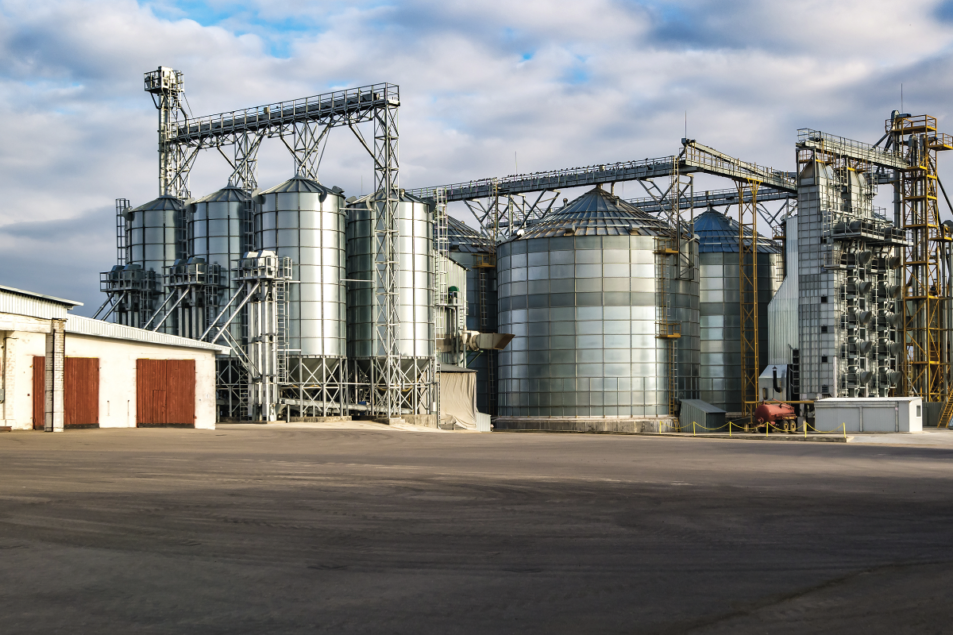
Feed milling is grinding and processing your feed ingredients to form suitable for your animals to consume. Feed mills process grains and other raw ingredients, combine them and pack them in bags or containers. In addition to providing aquatic animals with nutritious food, feed mills may be responsible for producing animal food for companion animals, including cats and dogs. With this guide, you will learn everything you need to set up a feed mill and start producing feed for your animals.
Feeding processes generally include multiple steps, including sequencing, grinding, mixing, and dispensing. When grinding source ingredients, your feed mills mixing particles need to be as uniform as possible. It can make more sense to mill components ahead of time to increase feed uniformity, but that typically requires extra storage. You can also grind all your ingredients up once you mix them to save time and money, but that can decrease the homogeneity of your feed or harm your equipment.
It is possible to fit a new high-feed mill into an older machine, but the high-feed mill works better when using larger cutters, as feeds and speeds are not so fast. Unfortunately, some manufacturers have moved away from this process due to what they see as reliability concerns. For those ready to jump, the benefits of a high-feed milling operation may significantly outweigh any potential challenges. As the animal population and need for high-quality feed increase, the demand for feed mills will increase.
Finding substantial gains in moisture storage, improved quality, and new efficiency within the feed mill could result in lower costs, lower carbon emissions, and higher efficiency production. Use the latest milling technologies to incorporate these best practices into your business model. To help ensure customers have the resources needed to stay ahead of the constantly changing industry, Alltech can provide comprehensive feed mill evaluations.
You will typically need to have specific documents in place before you are allowed to run a feed mill. The BAP feed mill standard clearly explains responsible manufacturing in ingredients procurement, feed formulation, and production. The social responsibility requirements of the Feed Mill Standard assure producers are following best practices regarding human rights, labor laws, and worker health and safety.
Compliance with the CGMPs (Current Good Manufacturing Practice regulations enforced by the FDA) for animal drug manufacturers is intended to give FDA reasonable confidence in appropriate animal drug applications. Put differently, the practices employed–including controls–can be expected to lead to the products produced for a medicated feed that contains appropriate drugs at appropriate levels and that are appropriately labeled. Lloyd Phillips says that a standard range of moisture loss during feed processing is 1-1.5 percent and that feed mills must challenge and examine their losses season after season.